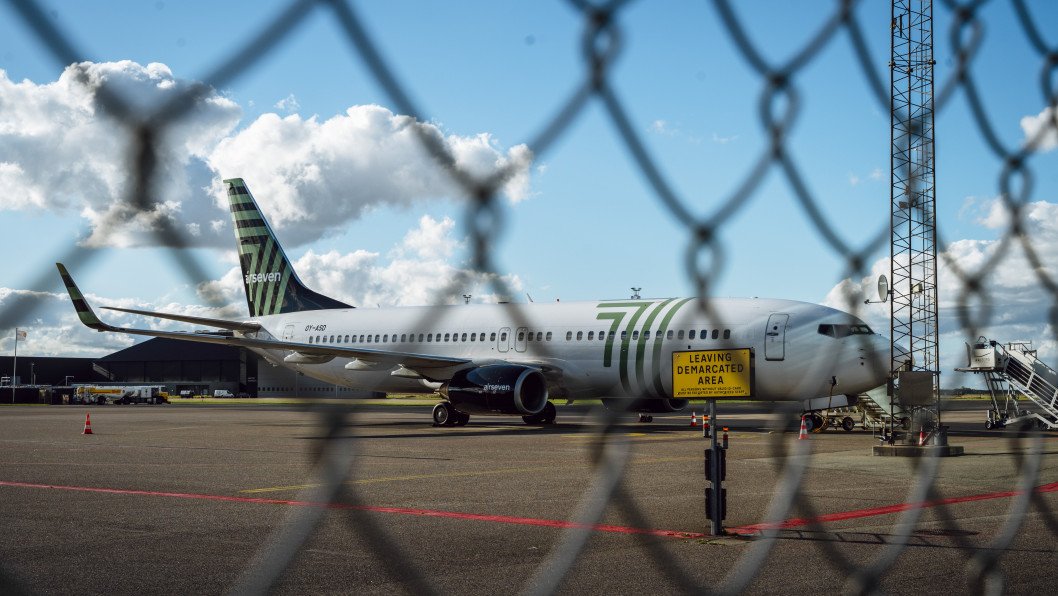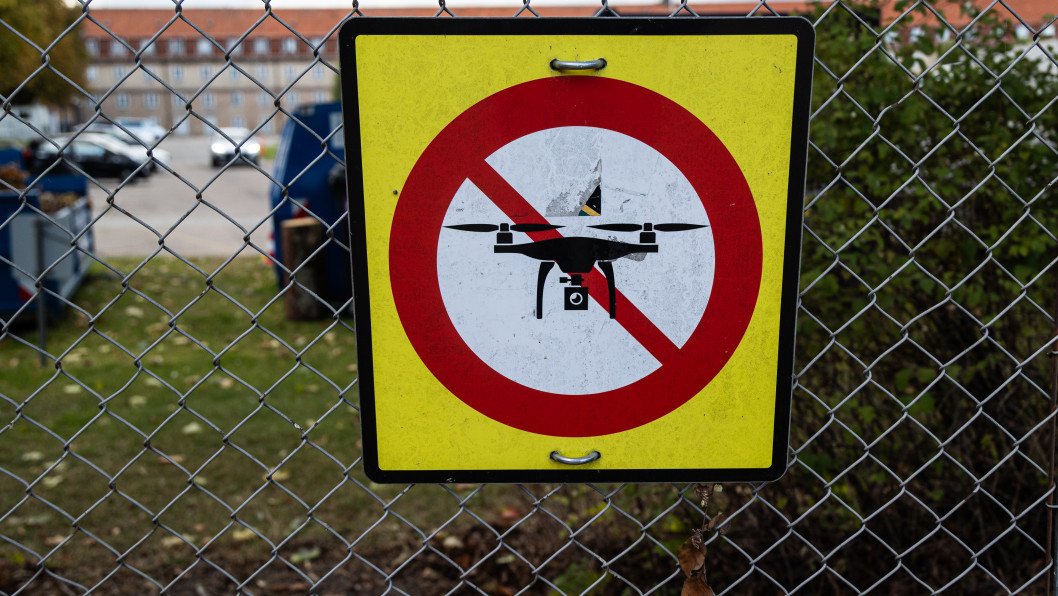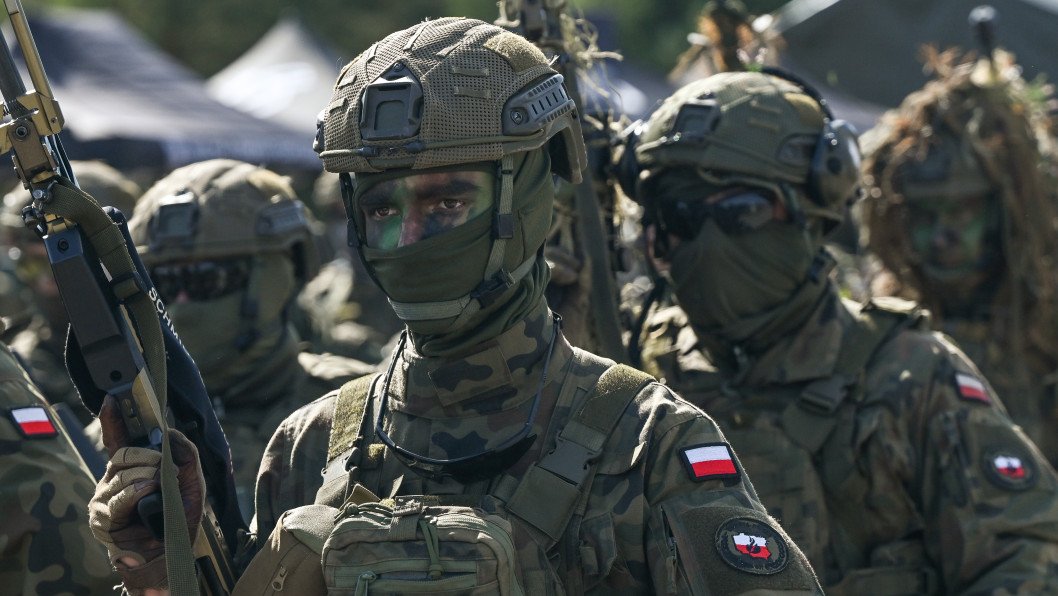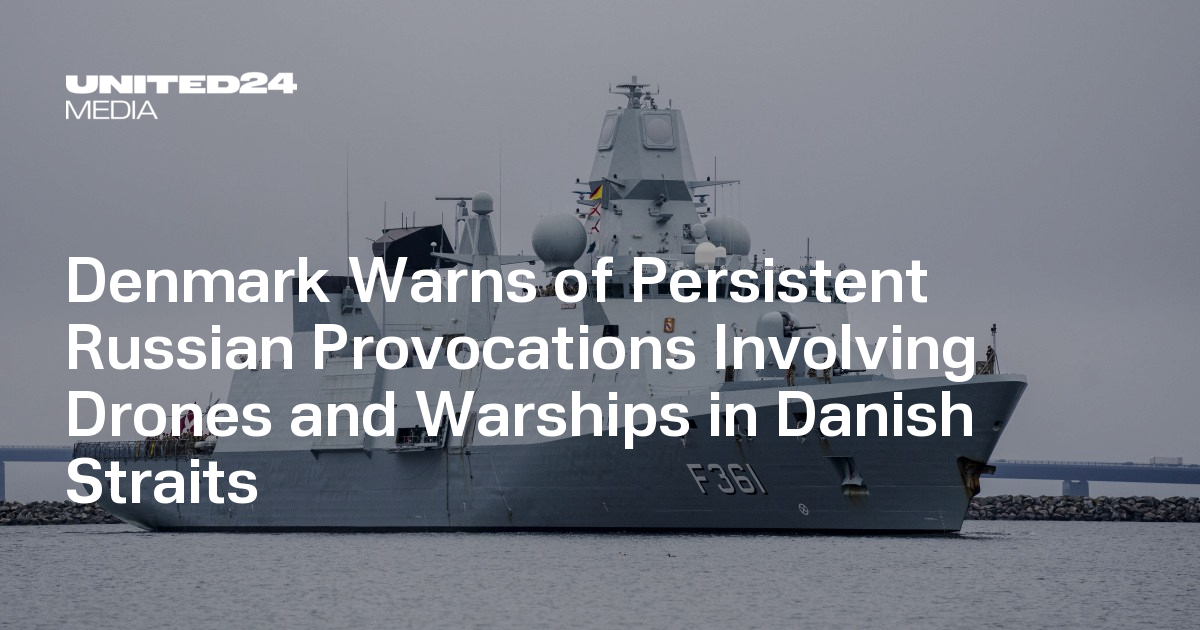Denmark’s Defense Intelligence Service (DDIS) has reported increased Russian gray-zone activity in the Danish Straits, a strategic maritime passage connecting the Baltic Sea to NATO waters, according to Army Recognition on October 4.
The agency said Moscow is combining drone incursions near airports with provocative naval maneuvers designed to test allied readiness without crossing into open confrontation.
The Danish Straits are vital for allied energy routes and undersea infrastructure. During a briefing in Copenhagen on October 3, DDIS officials described the situation as “persistent sub-threshold pressure,” noting radar “lock-on” incidents and the growing presence of Russian aircraft and warships near NATO patrol zones.
Danish, German, and US naval assets currently operate in the region under NATO’s Baltic Sentry and Neptune Strike frameworks.

Read more
- Category
- Latest news
Russia Is Using Sleeper Agents to Launch Drone Disruptions Across EU, Ukraine Warns
Oct 04, 2025 18:17
The Danish Navy’s Iver Huitfeldt-class frigates—such as HDMS Niels Juel—are optimized for air defense and equipped with SM-2 and ESSM interceptors in Mk 41 launchers, supported by 76- and 35-millimeter guns.
According to Army Recognition, the class integrates seamlessly into NATO’s joint data networks, providing layered air and missile defense against fast, low-altitude threats.
Germany’s Sachsen-class frigates, including FGS Hamburg, perform comparable functions with SMART-L radar and SM-2 interceptors, emphasizing simultaneous engagement of multiple aerial targets.
The US Navy’s USS Bulkeley, an Arleigh Burke-class destroyer deployed to the Baltic Sentry mission, uses the Aegis combat system and a 96-cell Mk 41 array to handle drone and missile threats. Two embarked MH-60R helicopters extend situational awareness for detecting small craft and submerged contacts.

Read more
- Category
- World
Russia’s Record Surge in Airspace Violations in 2024–2025 and NATO’s Response
Oct 01, 2025 13:35
The DDIS report notes that Russian MiG-31 interceptors have been observed flying extended patrols over the Baltic approaches, providing coverage for shadow-fleet tankers and naval units.
Danish and allied crews have also reported illumination by Russian fire-control radars—an act that falls short of engagement but forces immediate defensive readiness in confined waterways heavily trafficked by merchant ships and ferries.
According to Army Recognition, Denmark views these actions as deliberate friction below the threshold of armed conflict.
Airports in Denmark and Norway have temporarily halted operations due to drone sightings, while Germany and Belgium have documented clusters of unidentified aerial objects near critical sites. Most were false alarms, but some remain under investigation.

Read more
- Category
- World
Iron Defender-25: Is NATO Finally Ready to Shield Its Eastern Flank?
Sep 20, 2025 15:40
NATO’s response focuses on maintaining a constant layered defense posture. Maritime patrol aircraft, coast guard units, and ground-based air defenses now supplement naval radar coverage to detect slow, low-flying drones that evade standard systems.
Allied navies continue exercises such as Neptune Strike and expand counter-UAS missions in the North Sea and Baltic regions.
Earlier, Ukrainian drone operators shot down several drones in Danish airspace during a NATO drill, showcasing their real-time interception capabilities. The demonstration, part of the “Wings of Defense” exercise, followed recent reports of unidentified drones and suspected Russian naval activity near Denmark’s borders.
-f0a92d03e7274e98ed5c06362f4c0c73.jpg)
Support our team with a one-time or monthly donation
Every day we fight Russian disinformation and bring reports directly from the frontlines. Your help makes us stronger.
Related articles
